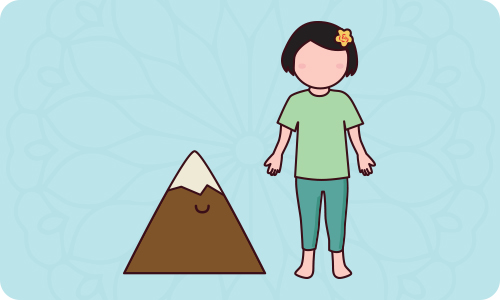

Exhale shifting the weight to the palms.Raise your arms and place your palms near your ears with fingers pointing towards the shoulders and bent elbows.Lean on your back bringing the palms to the legs.One-footed King Pigeon Pose (Eka Pada Rajakapotasana).Reclining Thunderbolt Pose (Supta Vajrasana).Do not attempt vajra kapotasana in case of a herniated disk.Avoid its practice if you have migraines or hypertension.People suffering from insomnia should not try vajra kapotasana.It is not suitable to perform this pose with an issue in the knees.Do not go for this pose if have an injury in the neck or lower back.Vajra Kapotasana Practice Guide Image Source: Canvaīefore getting into the pose the following guide is there for you to follow and know the dos and don’ts. This resembles a graceful posture of a dove, hence the name. From the simple thunderbolt posture, the body is folded backward raising the chest and torso. In Sanskrit “vajra” refers to ‘thunderbolt’, “kapota” means “dove” or “pigeon”, and “asana” is “pose”. Besides these, there are numerous therapeutic applications to this posture. The spinal cord and the hip flexors are the major target organs. Practicing vajra kapotasana brings numerous health benefits. The hands are extended over the head with palms pressing the floor and the torso remains lifted. It is followed by bending backward arching the back and dropping the head.

It is performed sitting in Vajrasana with hands by the sides.
Half wing dove yoga pose series#
It is an advanced asana of the Ashtanga Yoga series in terms of the strength and flexibility required to get into this pose.

Vajra kapotasana is a graceful back bending posture.


 0 kommentar(er)
0 kommentar(er)
